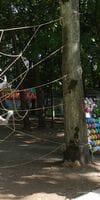Kaliningrad Central Park or simply Kaliningrad Park, full name Kaliningrad Central Park of Culture and Recreation (former name - Kalinin Park, Kaliningrad) is one of the parks of the city of Kaliningrad.
Many plants and trees that were planted in the pre-war years have been preserved in the park.
Currently, the park is very popular, both among locals and among visitors to the city. During the year, various events are held on the territory of the park: holidays, festivals, concerts, sports competitions, etc.
Description of Kaliningrad Central Park
Kaliningrad Park is a rather multifaceted city park.
On its territory there are significant sights of the city, monuments, children's attractions, several fountains and cafes, places for walking and recreation, and part of the park is an untouched forest park area.
The area of the park is approximately 47 hectares.
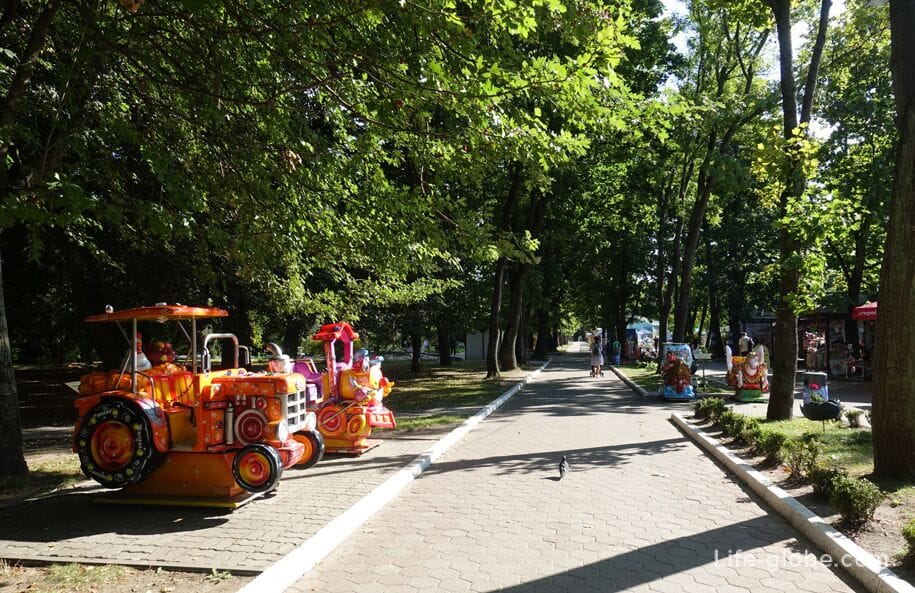
Sights of Kaliningrad Central Park
A special place in the park is occupied by the Evangelical (Catholic) The Church of the memory of Queen Louise is a historical building, one of the attractions of the city. Formerly the Lutheran Church, now the Kaliningrad Regional Puppet Theater is located in the church building.
The church was built in memory of Queen Louise of Prussia. The date of construction of the church is 1776-1810 . The author of the project is architect Friedrich Heitmann.
The church building was significantly damaged during the war. In its new capacity (puppet theater), the church began operating in 1976.
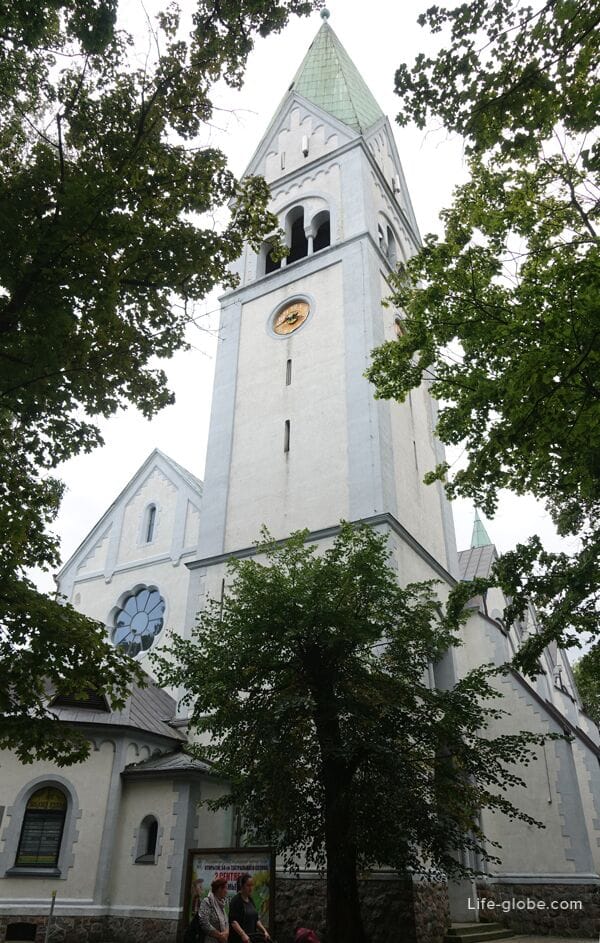
The second historical attraction of the park is the decorative colonnade (pergola) - an open gazebo-semi-rotunda dedicated to Queen Louise, created in 1874 by Christian Rauch.
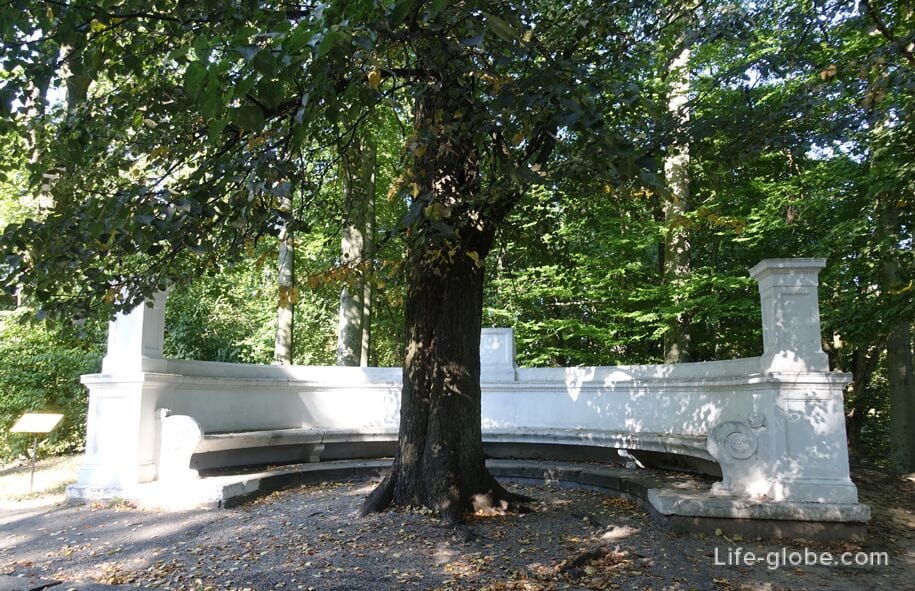
The Imperial Hunting House. A wooden house brought to the park back in the Soviet years and then served as an administrative building, a chess club, a sewing studio, a children's development center and many others.
Currently, the entrance to the house is closed and every year the structures of the house are mercilessly destroyed by time and bad weather.
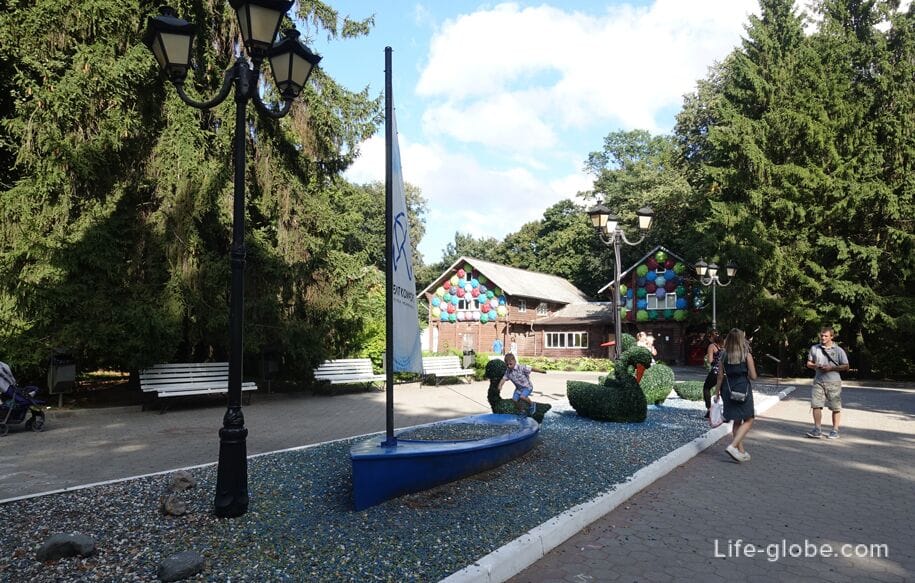
Entertainment in the Kaliningrad Park
There are various attractions on the territory of the park, designed for both the youngest and older guests of the park.
Among the attractions: Ferris wheel and children's Ferris wheel, rail train, rope adventure park, trampolines, shooting ranges, children's playroom, maze, swimming pool with boats, etc.
During the winter months, an outdoor skating rink operates on the territory of the park.
A visit to each attraction is paid separately. The cost of attractions starts from 100 rubles.
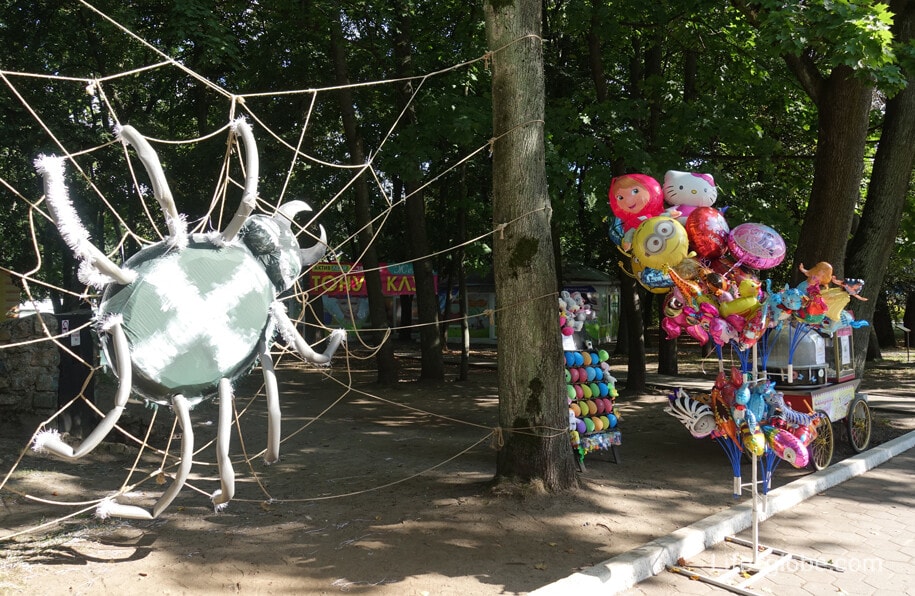


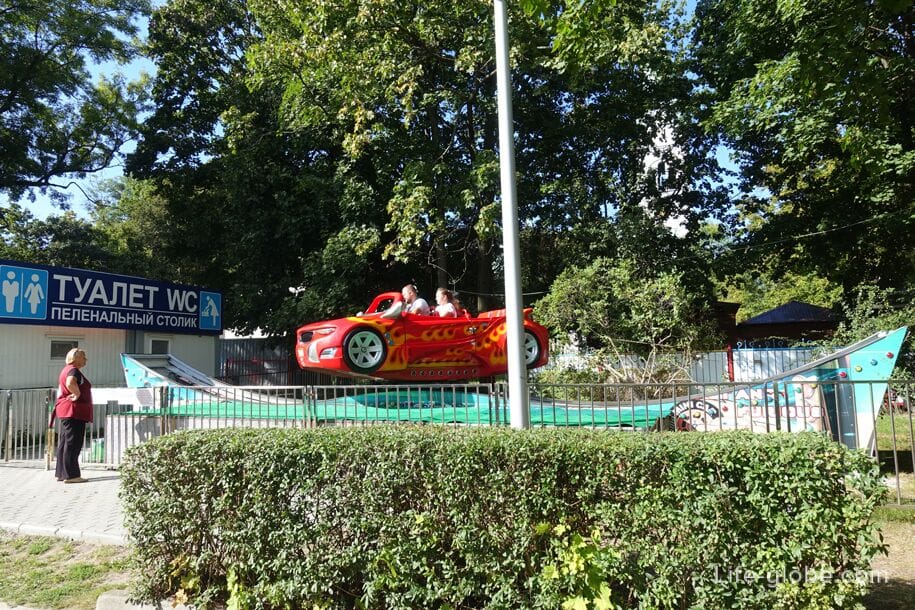
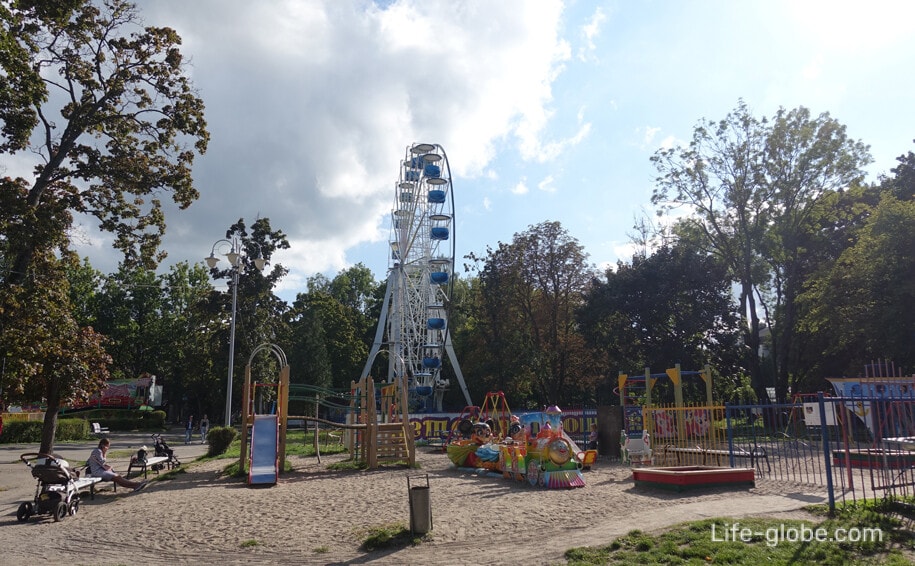
Recreation area in the Kaliningrad Park
In the recreation area: walking paths, flower beds, places to relax, two fountains, a concert venue (stage).
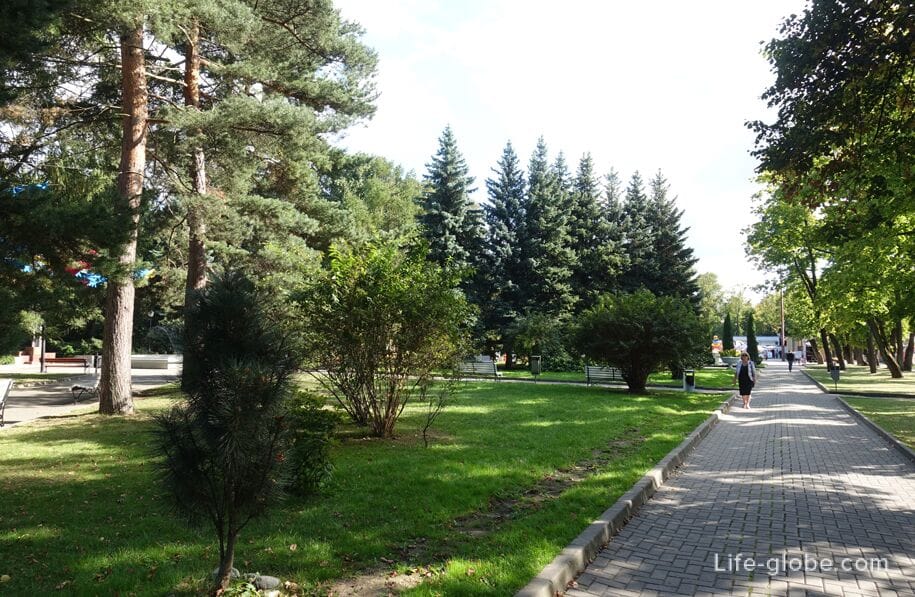
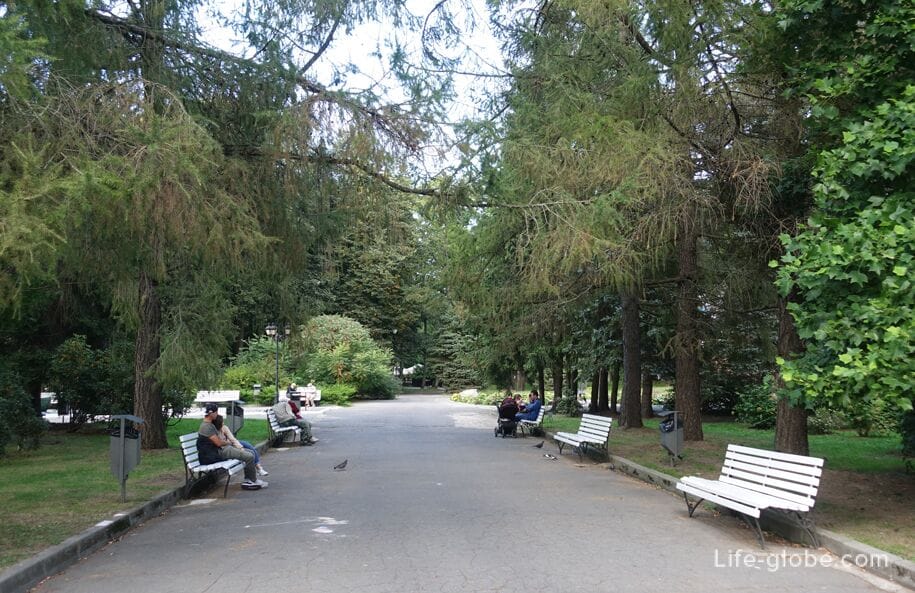

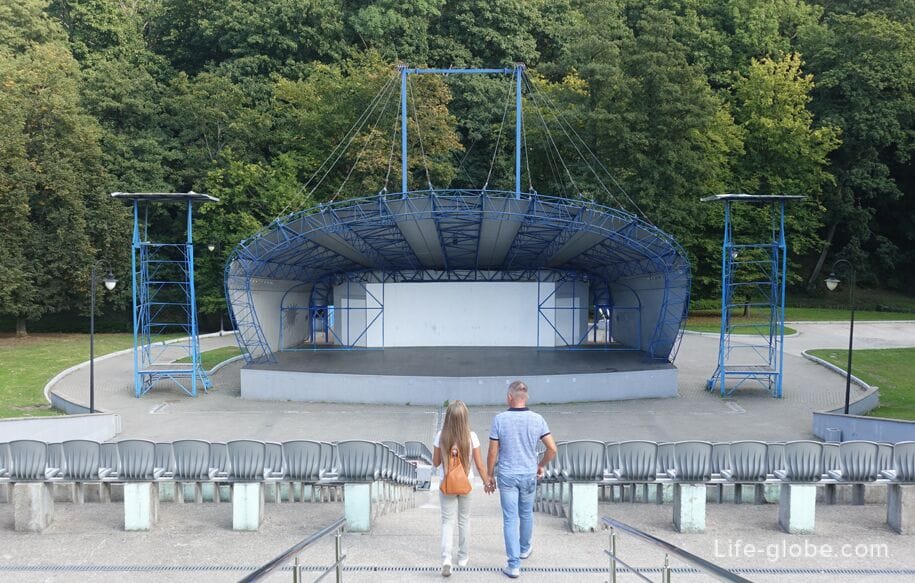
A small fountain, near which there is a memorial "Our Amber Land was raised from the ruins", dedicated to the participants of the restoration and development of the city of Kaliningrad and the region. This sign symbolizes the labor feat of the restorers of the region and the glory of Russian weapons. The memorial sign was inaugurated on December 28, 2012.
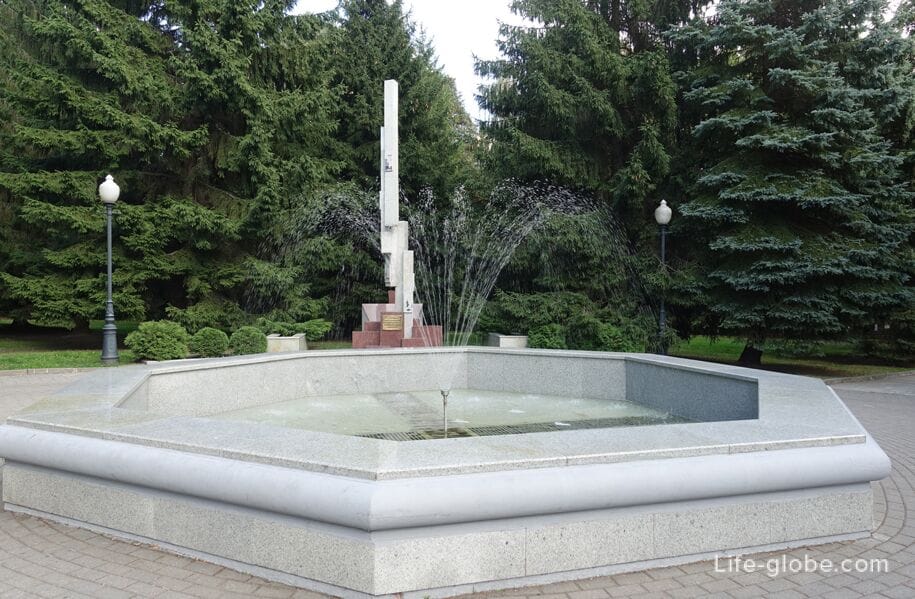
A children's fountain resembling the Peterhof fountain-a firecracker with splashing
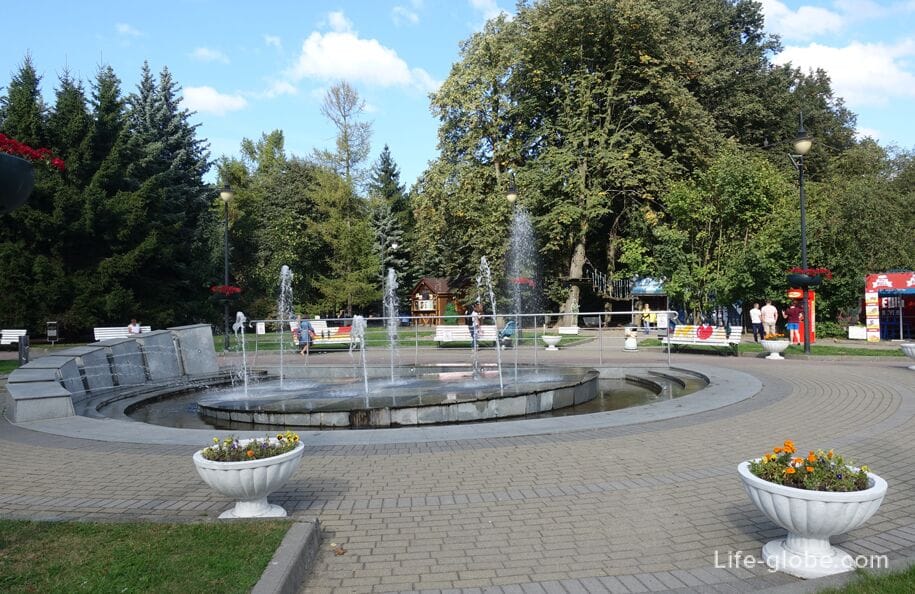
There are also several cafes, food kiosks and stalls in the park
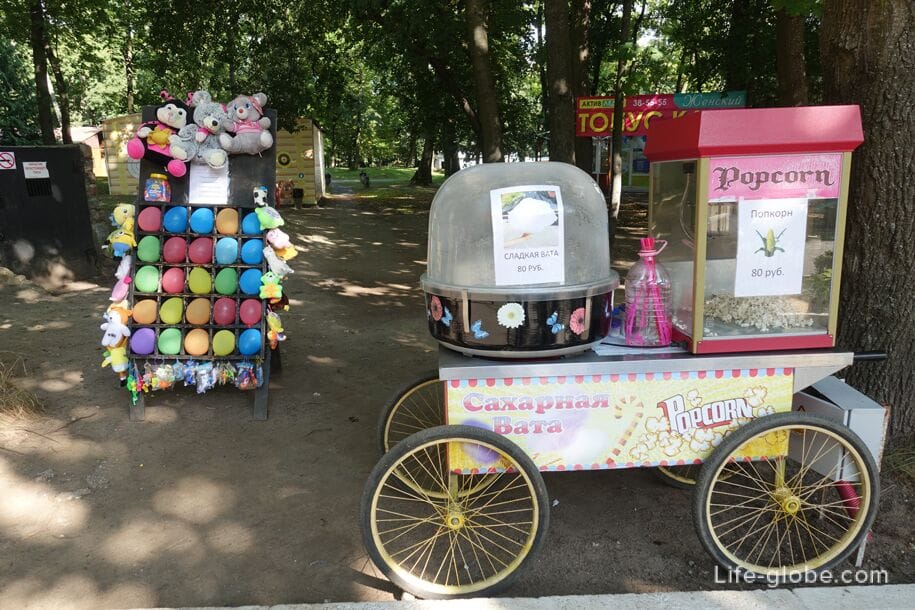
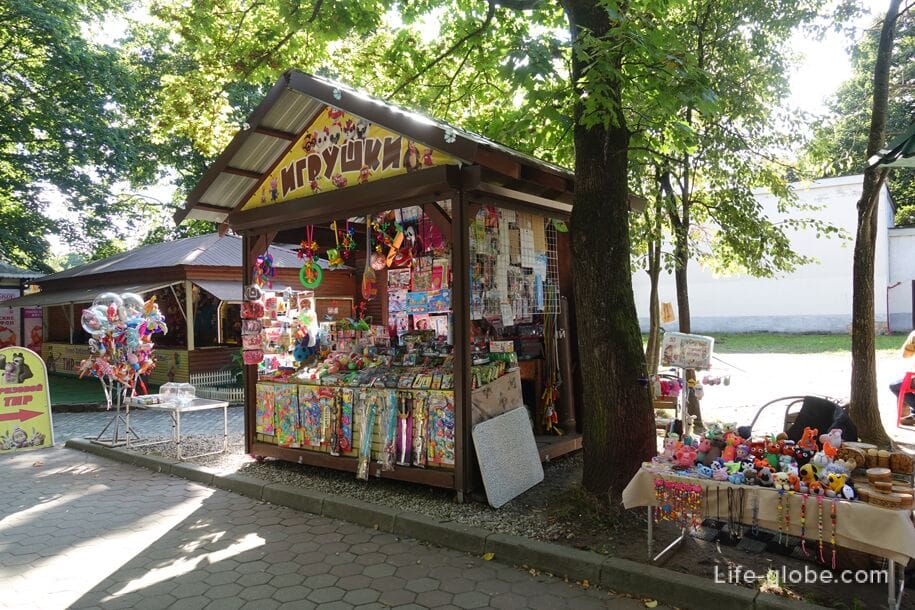
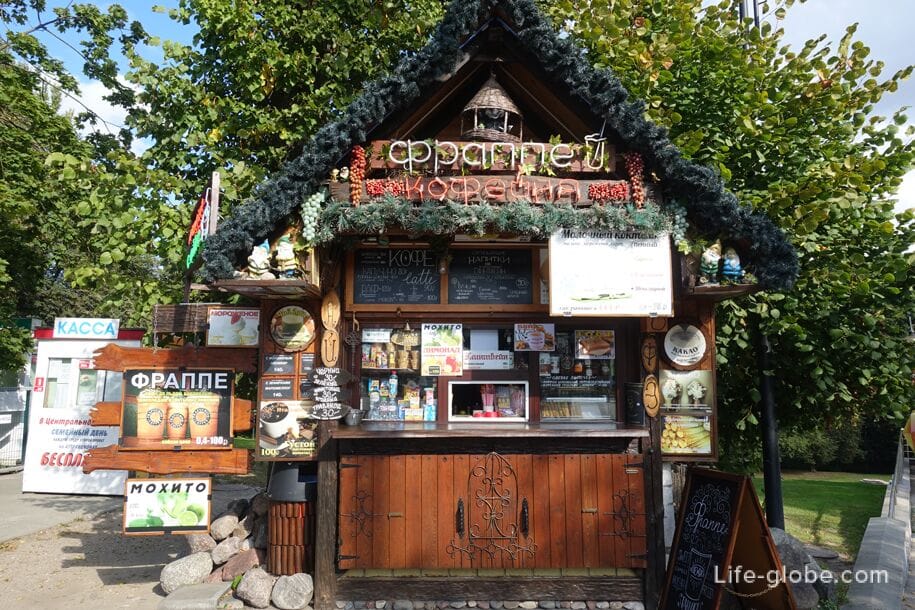
Monument to Baron Munchausen, donated to Kaliningrad by the German Bodenwerder, Munchausen's hometown, and installed on June 18, 2005. The composition is a vertical steel plate in which the silhouette of Munchausen flying on the core is carved. The inscription "Konigsberg" is stamped on the pedestal of the monument on one side, and "Kaliningrad" on the other.
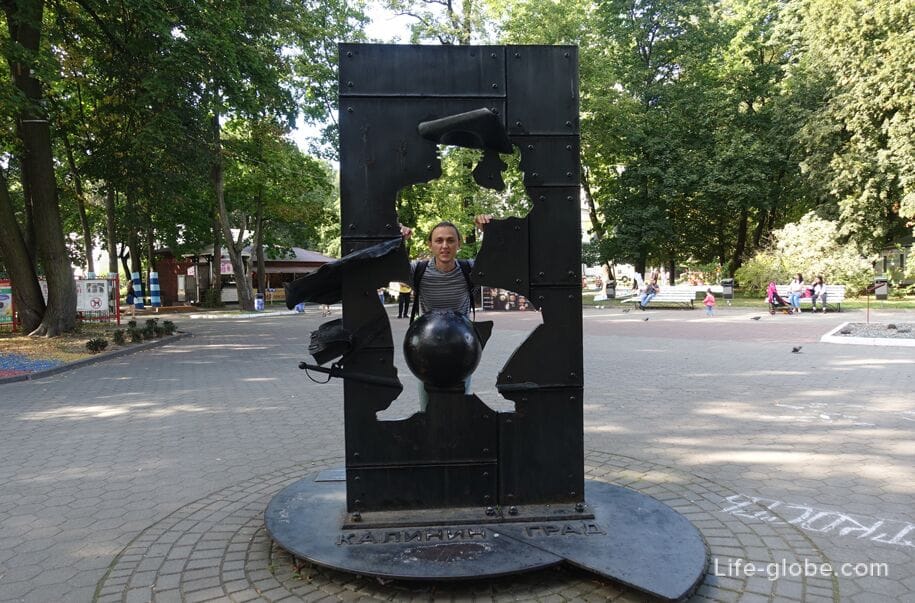
Monument to the poet, singer and actorVladimir Vysotsky
«I’m vomiting, guys, I’m taking care of you!
Maybe someone will put a candle on sometime
To me for my naked nerve, on which I scream,
And the cheerful manner in which I joke"
The monument to Vysotsky, the work of sculptor Bakhtiyar Saipov, was opened simultaneously with the new Summer Theater on July 1, 2006. The three-meter concrete sculpture, sheathed in bronze sheets, is located on a low two-stage terrace, represents the figure of a poet sitting with a guitar on a pedestal.
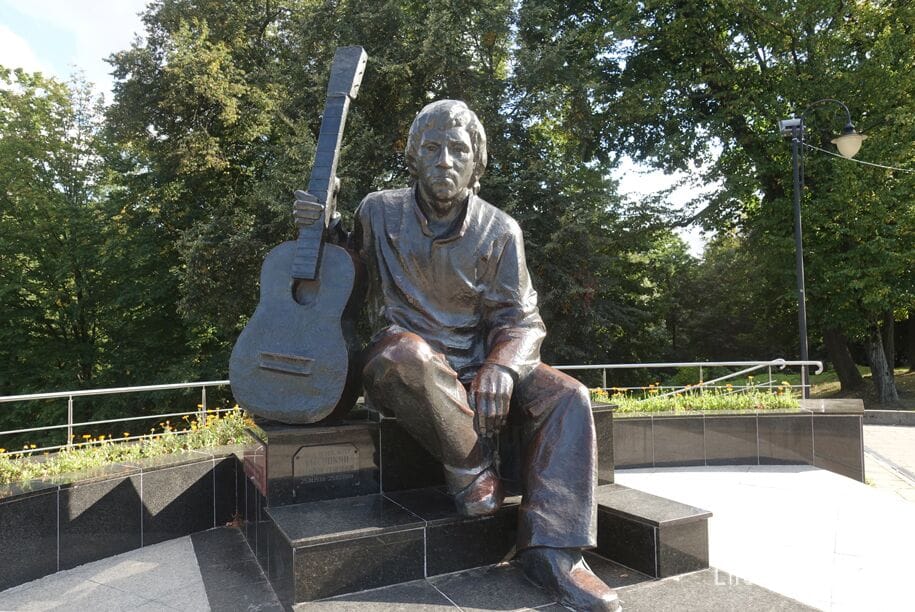
The forest park part of the Kaliningrad Park
A park stream (formerly Hufenfreigraben / Hufenfreigraben) flows through the park. This stream, conditionally, divides the park into two parts - cultural and entertainment and natural.
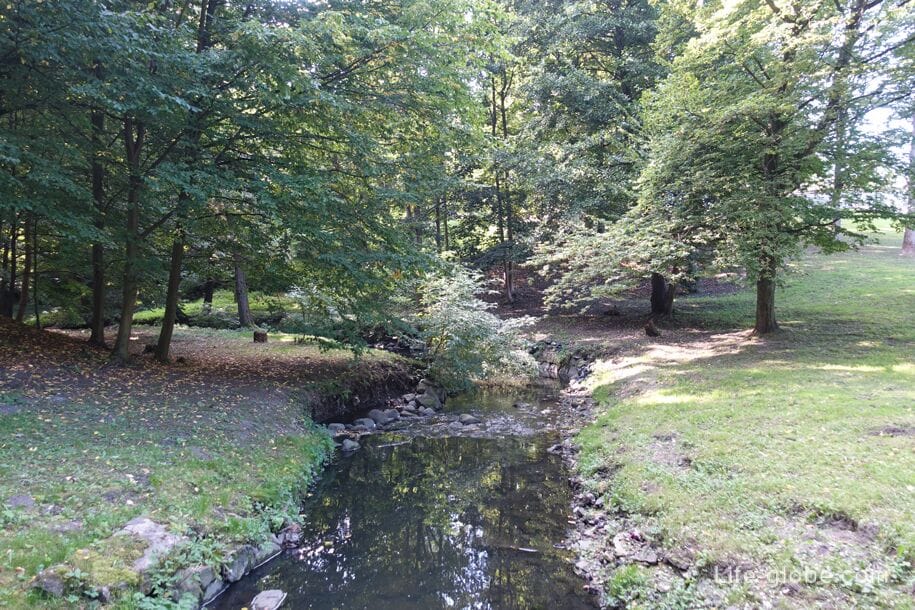
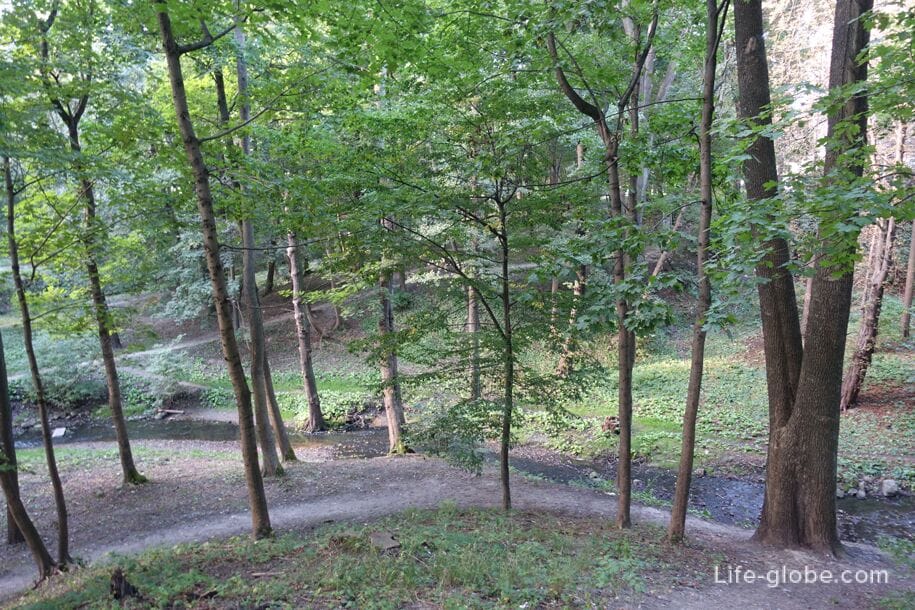
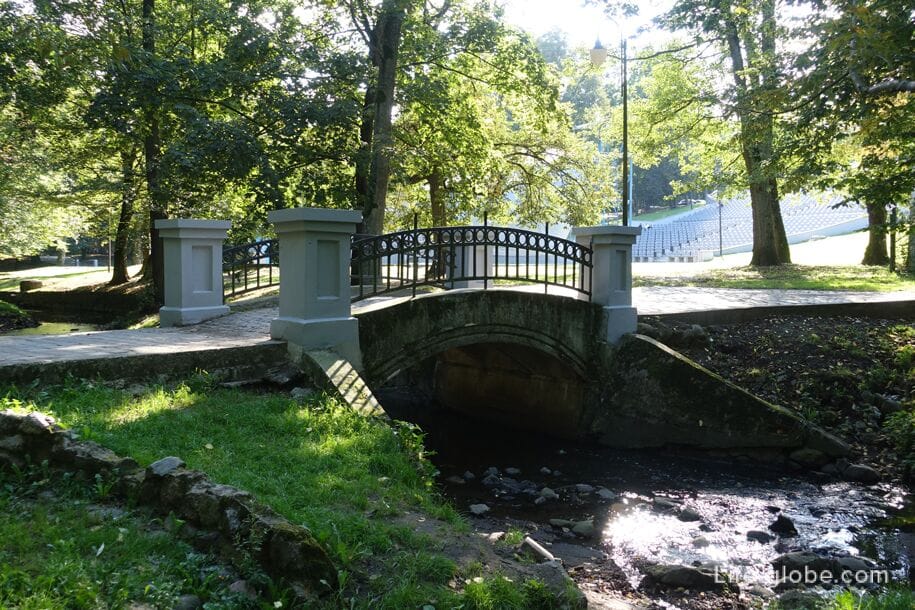
The natural part of the park remains virtually untouched. There are paths for movement and an abundance of trees.
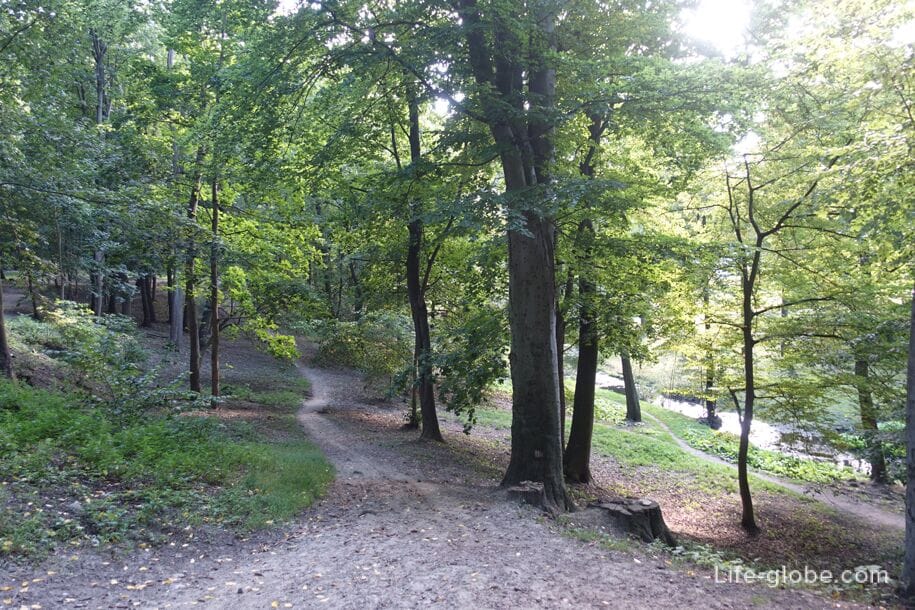

Where is the Central Park of Kaliningrad
The park is located in the city center, between Mira Avenue, Pobedy Avenue, Sergeant Koloskov, Dmitry Donskoy and Pushkin Streets.
The main entrance is from Mira Avenue.
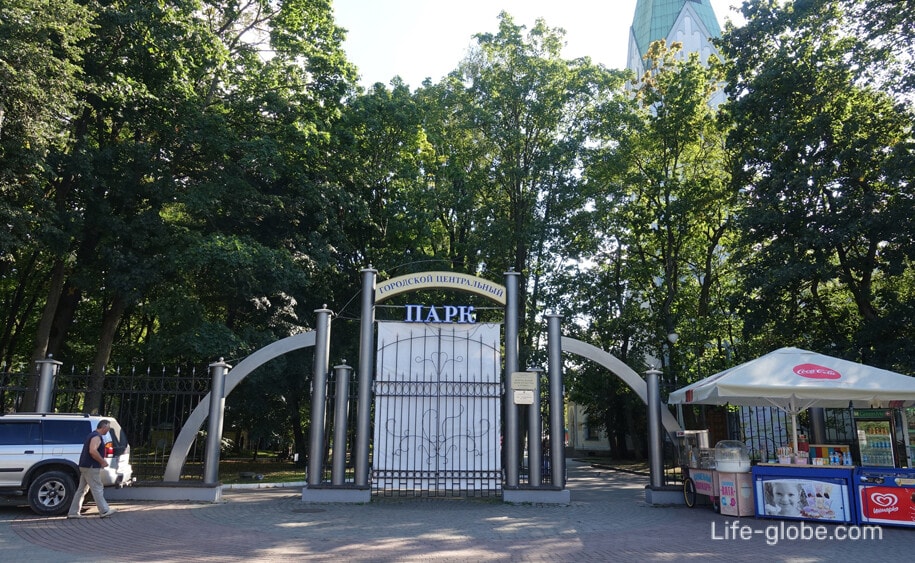
Practical information
The address of the park: Kaliningrad, Pobedy Avenue, 1.
Kaliningrad Park website: centralpark.
How to get there: buses №№ 3, 5, 9, 12, 14, 24, 32, 38, trolleybus № 6, minibuses №№ 61, 63, 72, 74, 82 and 92. Stop - "PCiO "Central".
What to visit near Kaliningrad Park
- Kaliningrad Zoo is one of the oldest and largest zoos in Russia;
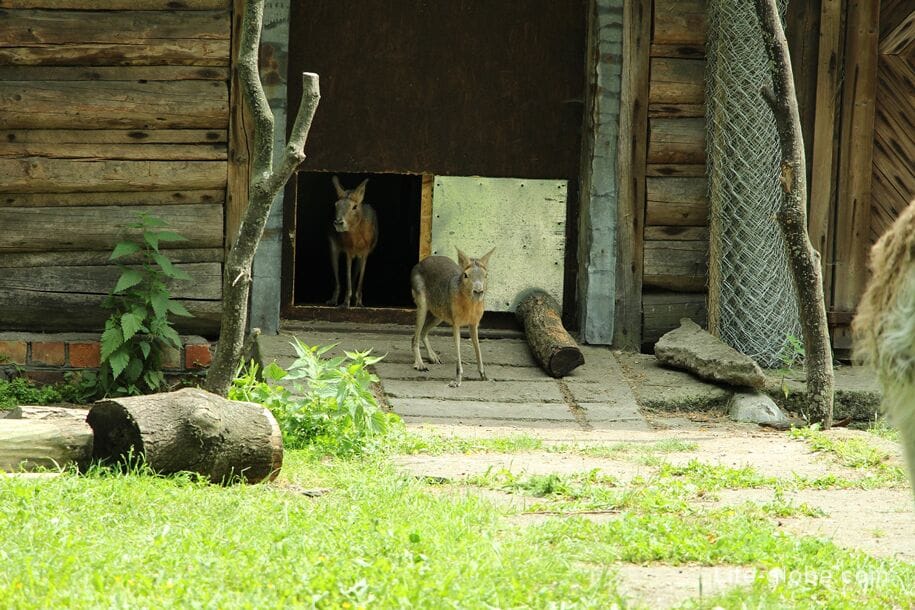
- the Poplavok pond and the former district of Konigsberg Amalienau is one of the oldest and well-preserved German districts of the city of Kaliningrad;
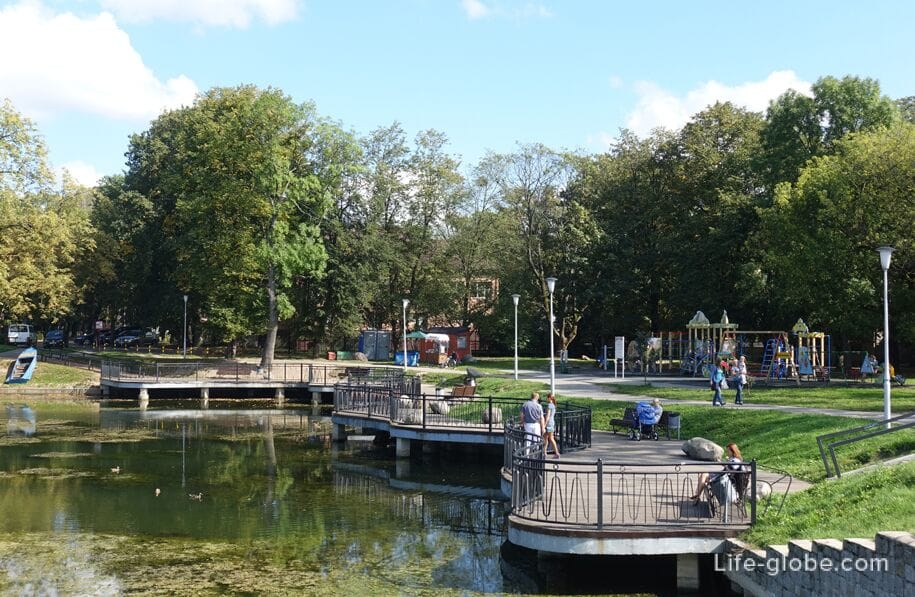
You can visit the Amalienau area on your own or with one of the excursions from Kaliningrad guides:
- Hufen is a historical district of Konigsberg.
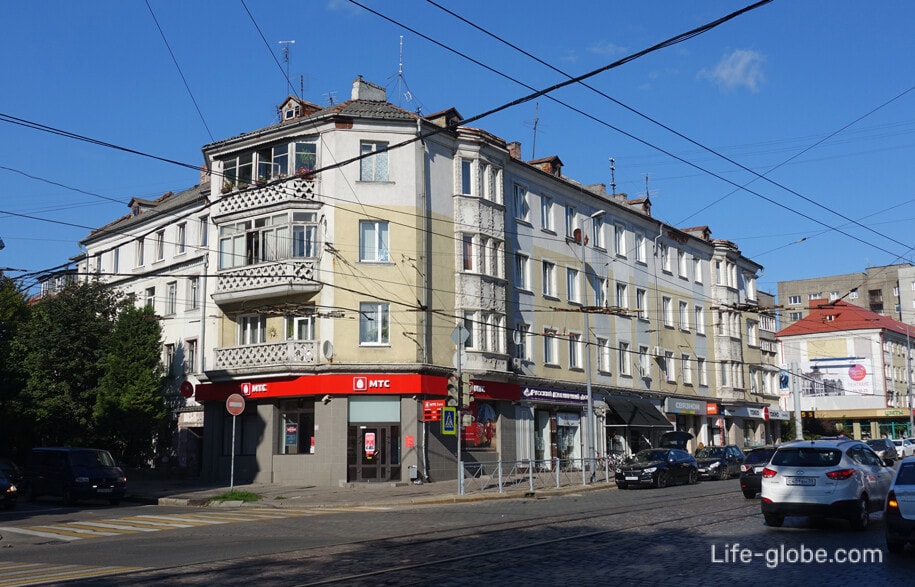
You can visit the Hufen district on your own or with excursions from a Kaliningrad guide:
- The Altes Haus apartment museum, located in a house built in 1912. The museum shows the atmosphere of the family life of the family of Gustav Grossmann, a merchant and owner of a grocery store, and tells the story of the urban district of Hufen;
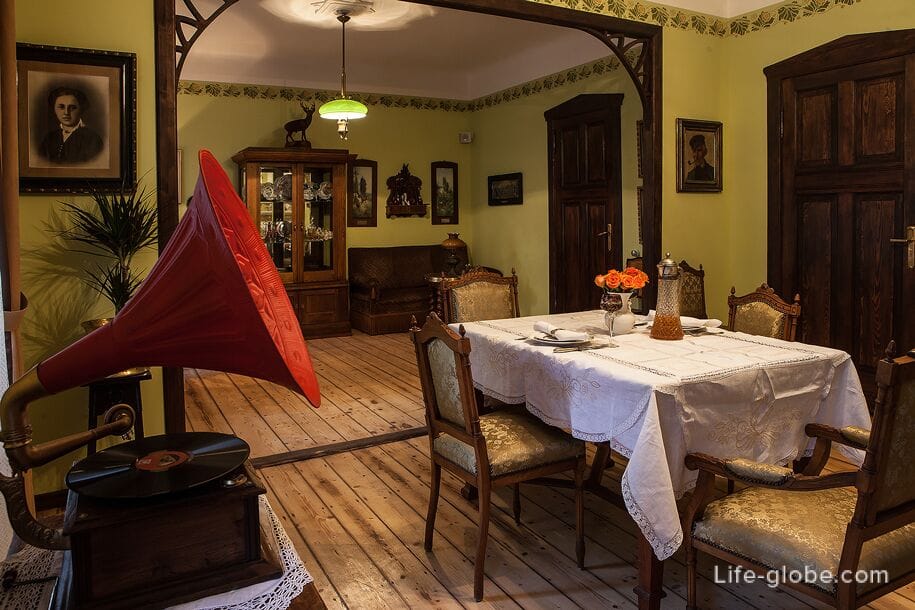
- Victory Square is the central square of Kaliningrad.
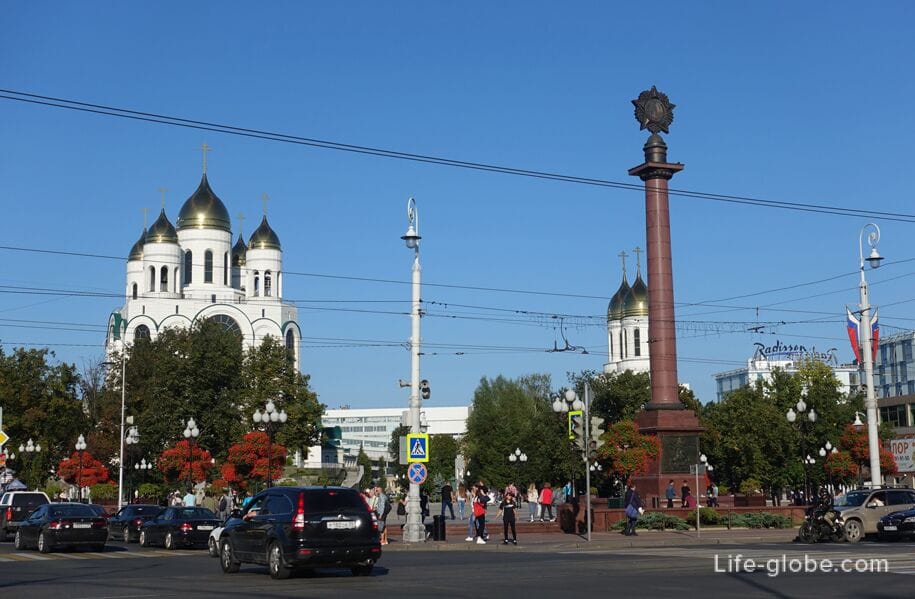
The history of the Central Park of Kaliningrad
Before the war, the park was called Luisenwahl.
The history of the Luisenval Park begins at the end of the 18th century. Then there was a Poyenter manor with a park on this territory. In the 18th century, the estate and the park were acquired by the Chief Burgomaster Von Hippel. On his initiative, the park was redeveloped in accordance with English principles.
In 1796, the park was acquired from Von Hippel's heirs by K. G. Buzolt, an adviser on school affairs. He gave the new estate the name Luisenval in honor of his wife Louise.
In 1808-1809, the park became the summer residence of the Prussian royal family. Queen Louise especially loved the park (later the name of the park was often associated with her). A small house was built in the park, in which the queen lived during her stay in Konigsberg. She loved to walk with the children along the alleys of the park.
During his coronation in 1861, King William I visited the park .
The park remained the property of the royal couple until 1914, when William II donated the park to the city. At the beginning of the 20th century, the house of Queen Louise, which by that time was already separated from the park by a new street (Hufenalee). Hufenallee, now Mira Avenue) was used as a rest home for pregnant women (German: Mütterheim).
In the post-war years, when the park was merged with the Kaliningrad Zoo, it was called the Botanical Zoo, and was located on the same territory with the zoo. Even then, the park was endowed not just with a cultural and entertainment role, but more of an educational, propaganda one.
At that time, in order to implement the tasks set, lectures, film lectures, libraries, reading rooms, stationary and mobile exhibitions were organized in the park, lectures and reports, thematic evenings, conversations, oral journals and public debates were held. The Park of Culture and Recreation acquired the status of a central cultural and educational enterprise.
On July 28, 1947, the Council of Ministers of the RSFSR signed a resolution according to which it was decided to divide the Park of Culture and Recreation and the Zoo, in order to differentiate economic and administrative functions, into two independent economic units and open settlement accounts in credit institutions for each of them.
Then there were cemeteries behind the church of Queen Louise. Luisenval Park and the old Third Alstadt Cemetery were merged into a new park, named in 1949 in honor of Kalinin - "The Central Park of Culture and Recreation named after M.I. Kalinin". From that moment, a new round in the history of the park began.




